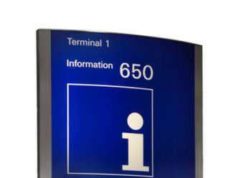
As 401(k) plans are designed for the retirement of an employee, there are specific regulations, limitations, and penalties associated with any 401(k) withdrawals. Any distributions made from a 401(k) withdrawal are to be made when the account holder is at least 59.5 years old. This places the account holder close to retirement age and therefore more able to plan his or her retirement. Many employers do not permit 401(k) withdrawals if the employee is under the age of 59.5 for tax purposes.
401(k) withdrawals made before the mandated withdrawal age are subject to taxes imposed by the Internal Revenue Service (IRS). One such tax is the excise tax which is equal to 10 percent of the 401(k) withdrawal amount. This tax may be avoided if the withdrawn amount is less than the limit of an allowable deduction under Section 213 of the Internal Revenue Code. Section 213 allows deductions to be made on specified medical care (e.g. hospital stays or
Another reason that money maybe taken out of a 401(k) plan is if the employee changes jobs. In this situation, the employee typically makes a full 401(k) withdrawal so that the contributions can be placed in a new 401(k) plan with a different employer. Employees typically do not pay any taxes on this transfer unless the employee first “cashes out”, or withdraws the money completely and does not place it in another 401(k) through a rollover.
The employee, even if he or she changes jobs, may continue to make contributions to a 401(k) plan with a former employer. This has to be permitted by the former employer and the employee must be under the age of 65 and have at least $5,000 in the 401(k) plan.


























